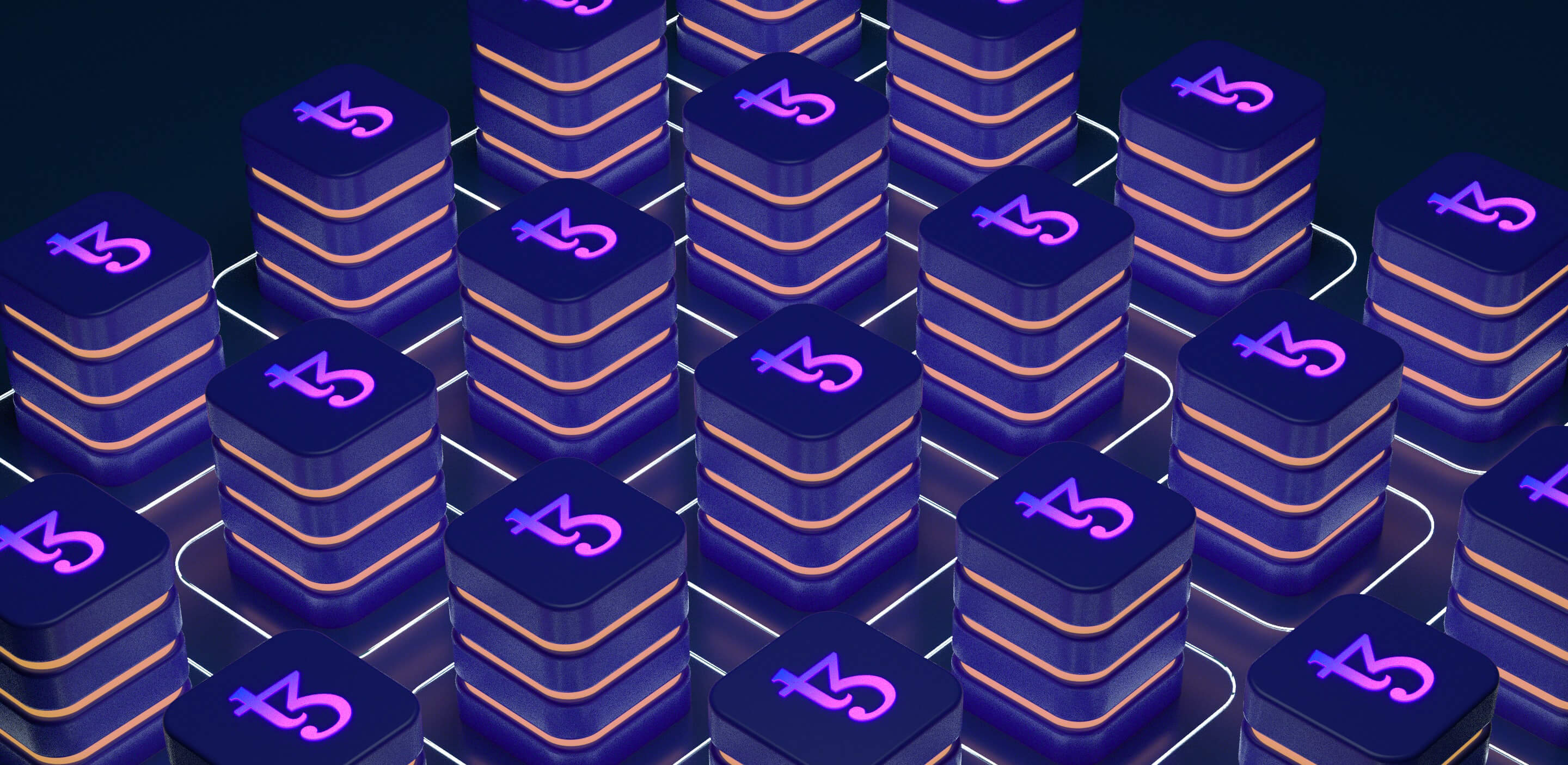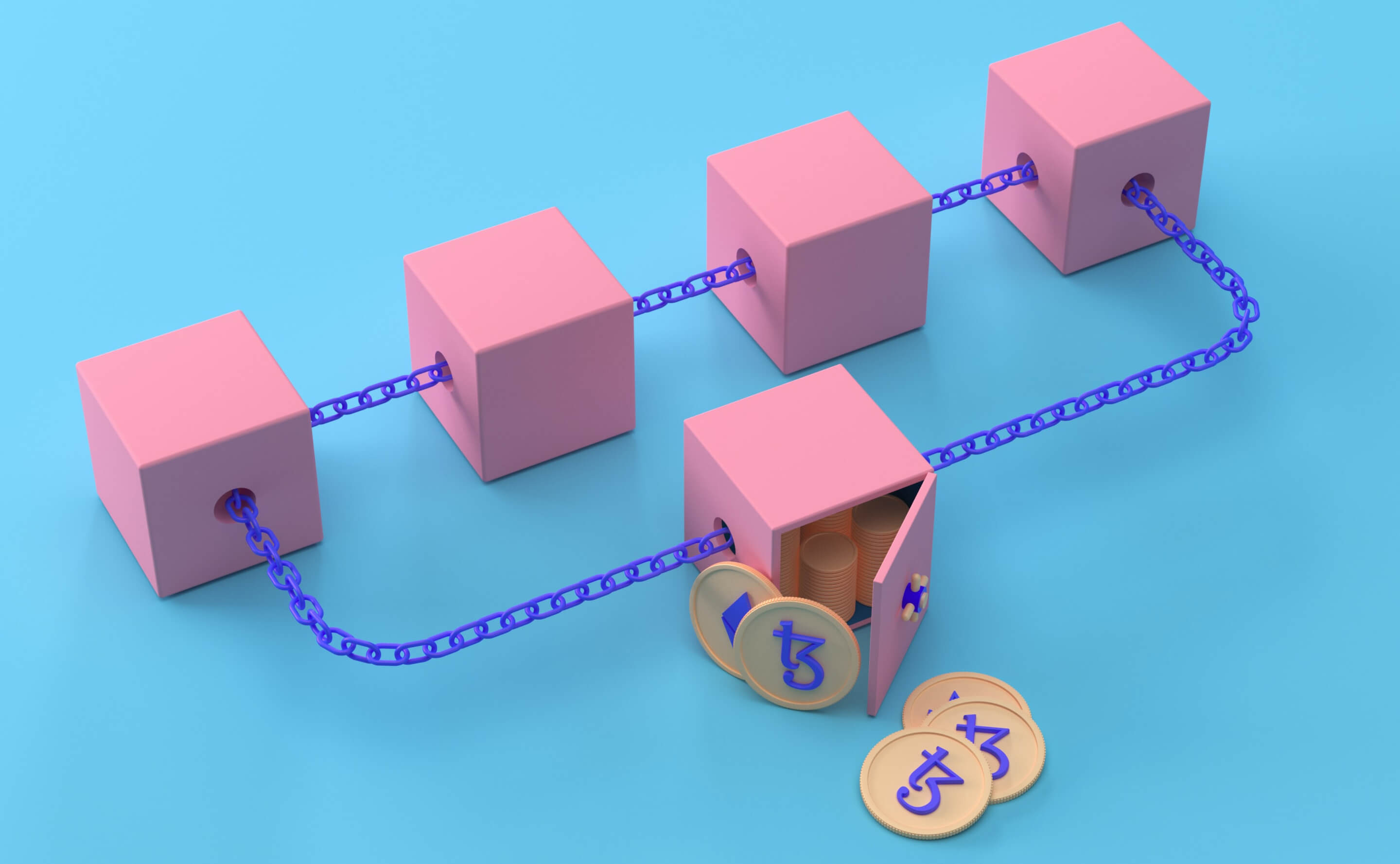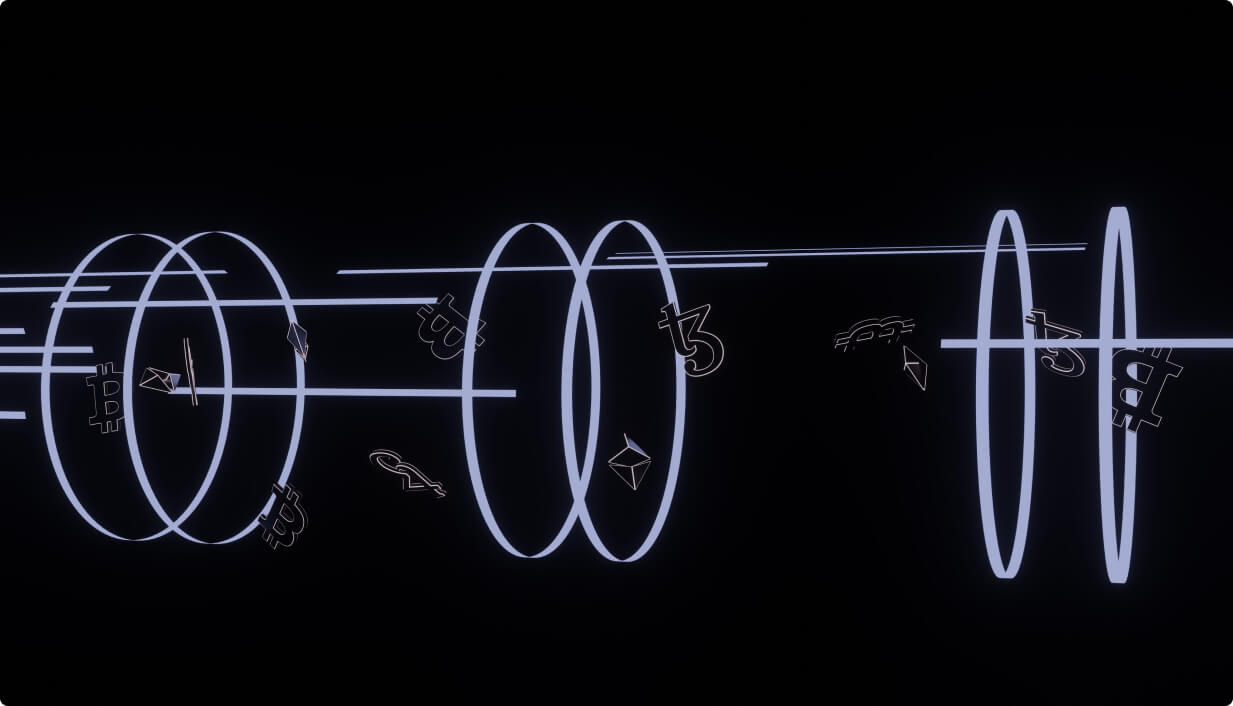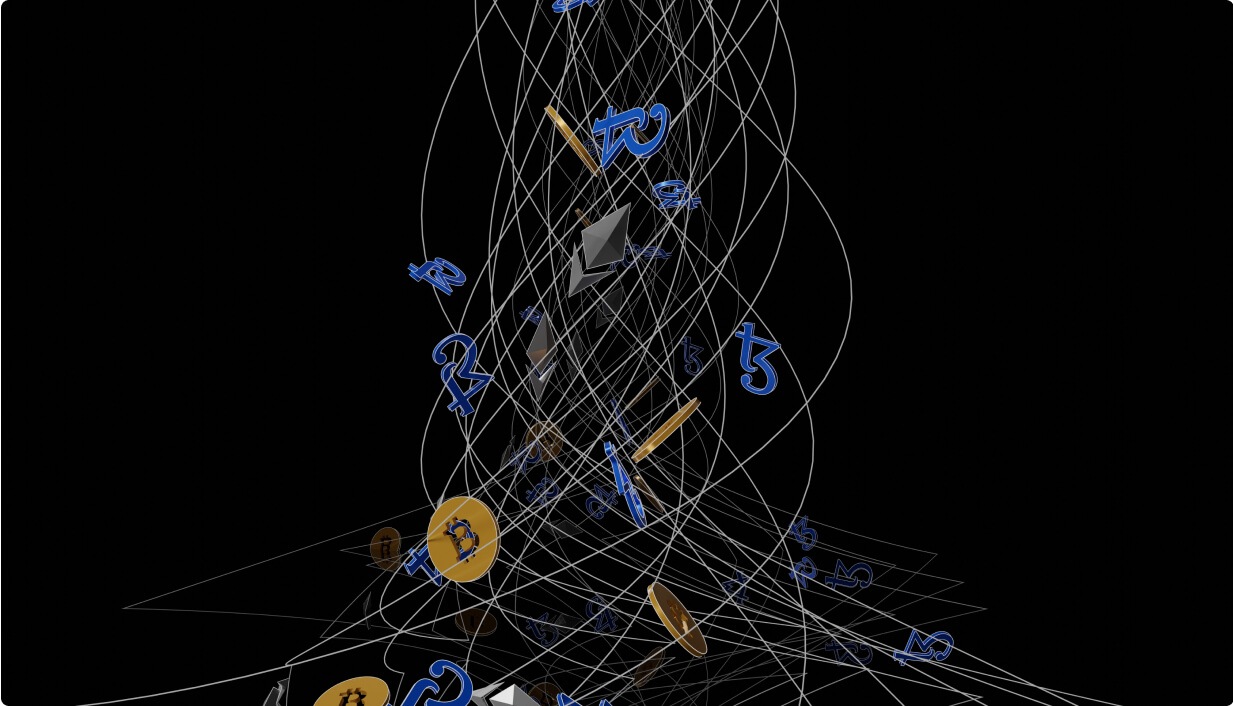What is Proof of Stake?
Proof of stake is a method of verifying transactions on a blockchain that offers high security, decentralization and energy efficiency. This page will cover the key elements and variations of proof of stake, and how it differs from proof of work.

PROOF OF STAKE
Introduction to
Consensus Mechanisms
A defining feature of blockchains is their use of consensus mechanisms to agree on the validity of transactions. Generally speaking, these mechanisms operate by allowing nodes – computers connected to the blockchain – to trade computing power, cryptocurrency, or other digital assets for an opportunity to validate transactions and earn a reward. The most well-known forms of consensus are proof of work (PoW) and proof of stake (PoS).
Proof of Work vs. Proof of Stake
Public blockchains are open systems that anyone can participate in.
But if anyone can participate, how do you ensure an honest majority, and protect the blockchain from bad actors? Both proof of work and proof of stake are ways of solving this challenge. They secure the ledger and ensure the validity of transactions by making it more costly to do the wrong thing than to do the right thing.
How Does Proof of Work Function?
PoW
Proof of work (PoW) is the consensus mechanism used by many of the first blockchains. As the name suggests, the cost to participate is “work” - specifically, the work of computers, which rely on energy consumption. It is still used for popular cryptocurrencies like Bitcoin today.
Nodes
To add a block in a proof-of-work blockchain, computers, or “nodes,” compete with their energy and computing power to solve a complicated cryptographic puzzle. The first node to find the solution to the puzzle receives a reward, usually in the form of the network’s native cryptocurrency. This process is referred to as “mining.”
Get secure
Generally, as the blockchain becomes more valuable, more people compete to solve these puzzles and get rewards. The more miners that compete for block rewards, the more secure the network becomes.
Some people and organizations invest in powerful machines which consume substantial energy to perform mining more effectively. This makes it more difficult for the average person with a standard computer to mine and receive rewards.

ENERGY AND PROOF OF WORK
Because more powerful machines require more energy to run, there is a correlation between the energy footprint and the security of the blockchain.
Essentially, the security of the proof-of-work network is dependent upon the amount of energy used.
How Does Proof of Stake Function?
The alternative
Proof of stake was created as an alternative to proof of work and tends to be a more energy-efficient method to validate blocks. Tezos was one of the early implementers of this consensus mechanism and remains one of the best proof-of-stake blockchains.
No competition
In proof of stake, validators don’t compete against each other to solve cryptographic puzzles. Instead, the network distributes block production by the percent stake someone has in the network.
For example, if someone owns 1% stake in the network, they will get approximately 1% of the block reward. Percent stake in the network is typically calculated by the ownership of tokens, distributed via rewards.
Less energy
Proof-of-stake networks consume less energy than proof-of-work because there is no intense competition between computers. Instead, users put down a deposit for a chance to be chosen to validate a block. The more you deposit, the greater chance you have to be chosen to validate.

BAKING ON TEZOS
Proof-of-Stake Baking:
The act of signing & pushing
blocks to the Tezos blockchain.
Bakers ensure all transactions in a block are correct and also confirm the order of transactions. This helps ensure that no double-spending or fraud has occurred.
The Roll. To bake blocks, a baker needs a minimum of 6,000 XTZ, a unit also known as a “roll.” XTZ, or tez, is the proof-of-stake coin native to the Tezos blockchain. The more rolls of tez a baker owns, the higher their chances of baking blocks and earning rewards.
Baking also allows users to participate in the Tezos on-chain governance mechanism by voting on protocol upgrade proposals, giving them the opportunity to directly influence the future of the Tezos blockchain.
Delegating Tez. If you do not wish to bake or do not have the resources required, you can delegate tez to a baker instead. Delegating gives the baker a higher chance of being selected to bake and endorse blocks. Bakers can share their earned rewards with their delegators which encourages delegators to keep participating. Delegating to a baker also allows you to select a representative for on-chain governance. Bakers have voting power based on the amount of tez delegated to them. This is similar to how a representative would work in a republic to represent their constituents.
Delegated Proof of Stake vs. Liquid Proof of Stake
Tezos uses a unique proof-of-stake mechanism called liquid proof of stake (LPoS)..
This unique proof-of-stake mechanism is highly compatible with the Tezos on-chain governance mechanism.

In delegated proof of stake (DPoS), there is typically a fixed number of block producers. Block producers are selected based on how much stake they have overall—delegating included. Delegated-proof-of-stake systems split block production rights evenly amongst all elected block producers. However, all producers must meet the network's high infrastructure requirements. Also, delegators have to lock their tokens in place for a certain period.

In liquid proof of stake, there is no fixed number of block producers. Block production rights are decided based on how much stake each baker or delegator has.The liquid-proof-of-stake system used by Tezos allows bakers to run nodes with low hardware requirements. LPoS also allows delegators to change bakers at any time. This is beneficial because users can quickly align themselves with a baker that has similar voting preferences. Here, there is no requirement for tokens to be locked in place.
Tezos: A Proof-of-Stake Cryptocurrency and Blockchain
Tezos is one of the original proof-of-stake blockchains and is helping the industry transition to this more energy-efficient method. The liquid-proof-of-stake mechanism used by Tezos works together with on-chain governance to create a prosperous digital ecosystem full of innovation and diversity. To explore how Tezos is changing the blockchain game, join our community and build on this sustainable platform.
Join the Community